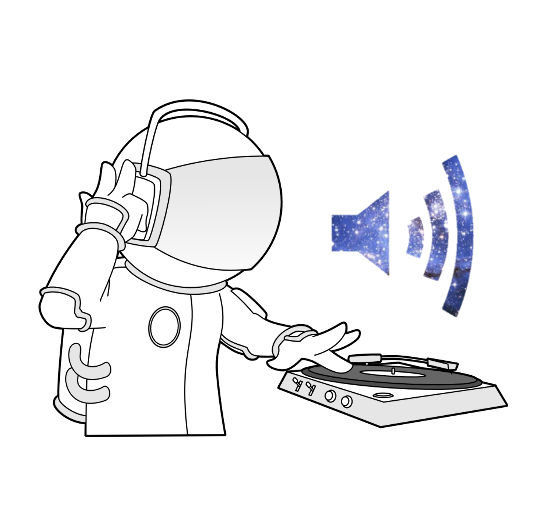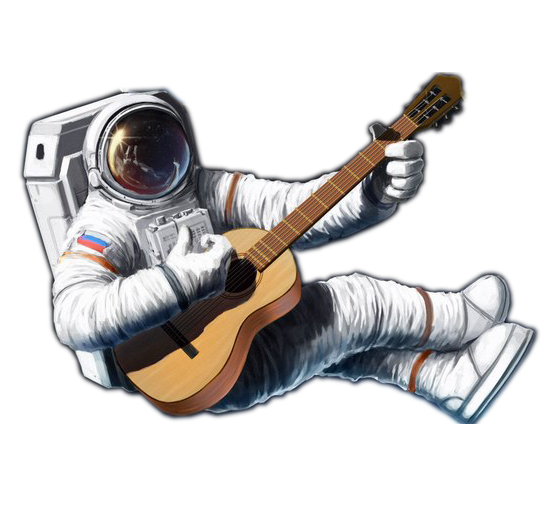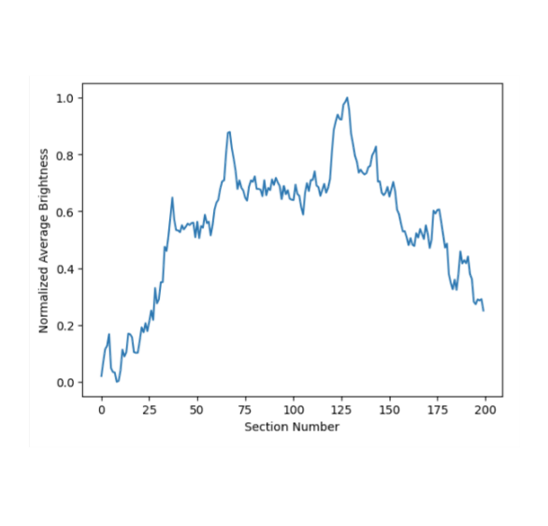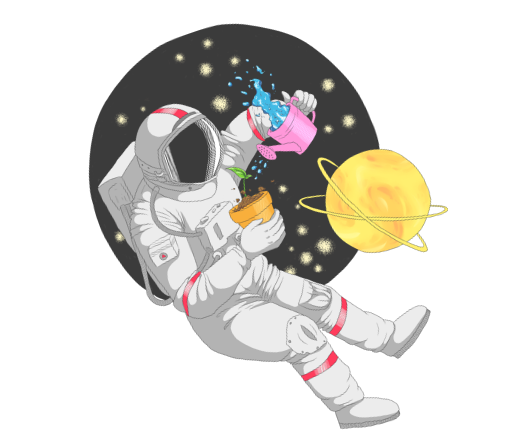Symphonies Beyond Earth: Heartbeat of the Universe
Have you ever heard the universe's melody?


Introduction
Sound is ever present in our world. Yet, outside the sphere of our Earth, the complete lack of sound permeates the universe as it is void of any material that can transmit sound.
Yet, as humankind advances in science and technology, we have reached a point where it can interpret data from space by translating into sound.
Sonification is an art and science through which we can represent complex inner workings of space through the ever present medium of pitch and amplitude, highs and lows of sound.
Space, albeit so distant away, is always present, like the cold, noiseless wind silently knocking on our door without us ever knowing.
The gate to knowledge seldom takes one common shape. It does not come in one custom fitted, square wooden board with two metallic hinges.
A journey of thousand steps, through great unknowns, starts with a single step. Would you like to take your first step with us towards the symphonies beyond our earth?

Sonification
Once upon a time, there existed a fascinating technique known as sonification. It was a magical process that transformed the dry language of data into the enchanting melodies of sound. In this tale, our focus is on a celestial symphony—the sonification of space.
Sonification is no stranger to our everyday lives. From the friendly 'bleep' of a microwave oven to the resounding 'pong!' of a sonar system guiding a submarine through the deep, and even to the steady 'tick-tock' of a wall clock marking the passage of time. In each instance, sonification breathed life into the seemingly dormant, turning the mundane into life.
For decades, this mystical art had been an assistance to the blind and visually impaired communities, offering them a unique window to the cosmos. Through sound, they could explore the wonders of astronomical sciences that they can’t access through sight. The magic didn't end there. Musical sonifications also enhance the learning process and bolster cognitive and visual-spatial abilities. Sonification was not just a tool; it was a key to unlocking the harmonious connection between science, art, and the human soul.

Mapping the Cosmos
By using sonification, we created music from the universe! Our approach is looping through the columns of pixels within the image from left to right (with steps > 1 to optimise the run time of the image processing step). Then, we take the average RGB value of each column and turn them into corresponding sound. Based on the difference in the average RGB values, the program will produce different sounds, thus creating a melodic tune as the program sweeps through the image. Here is a link to the videos: LINK HERE

Conclusion
We often perceive space as an ethereal entity, seemingly distant and foreign to our earthly existence. Yet, beneath its celestial veil, it unveils a profound kinship with humanity on Earth. The emotions of our human world find their reflection in the multifaceted symphony of space, where sounds, patterns, and colors weave a tapestry of cosmic wonder. By using sound to represent data, researcher can create ways of interact with the world that are more accessible and inclusive.
Space perpetually expands with each passing second, mirroring our own ceaseless quest to push the boundaries of ourselves and our capacities. These parallel journeys inspire us to cast our gaze skyward and explore the boundless possibilities that the cosmos holds.
In this realization, our existence on Earth takes on a deeper significance, reminding us that we share intricate connections with the cosmos far beyond what we may have imagined.
Now that we finished our journey, here's some inspirational music and quotes!
Contributors
Giang Tran
University of Waterloo 1st Year Global Business & Art Student
Grace Xu
University of Waterloo 2nd Year Computer Science Student
Son Nguyen
University of Toronto 2nd Year Math & Computer Science Student
Jimmy Nguyen
York University 1st Year Software Engineering Student
Hyun Joon
Seneca College CPA
Chelsea Wong
Toronto High School Student

Come and have a look at our NASA submission!
Experience galactic harmony and follow us to map the cosmos!
NASA Project Link